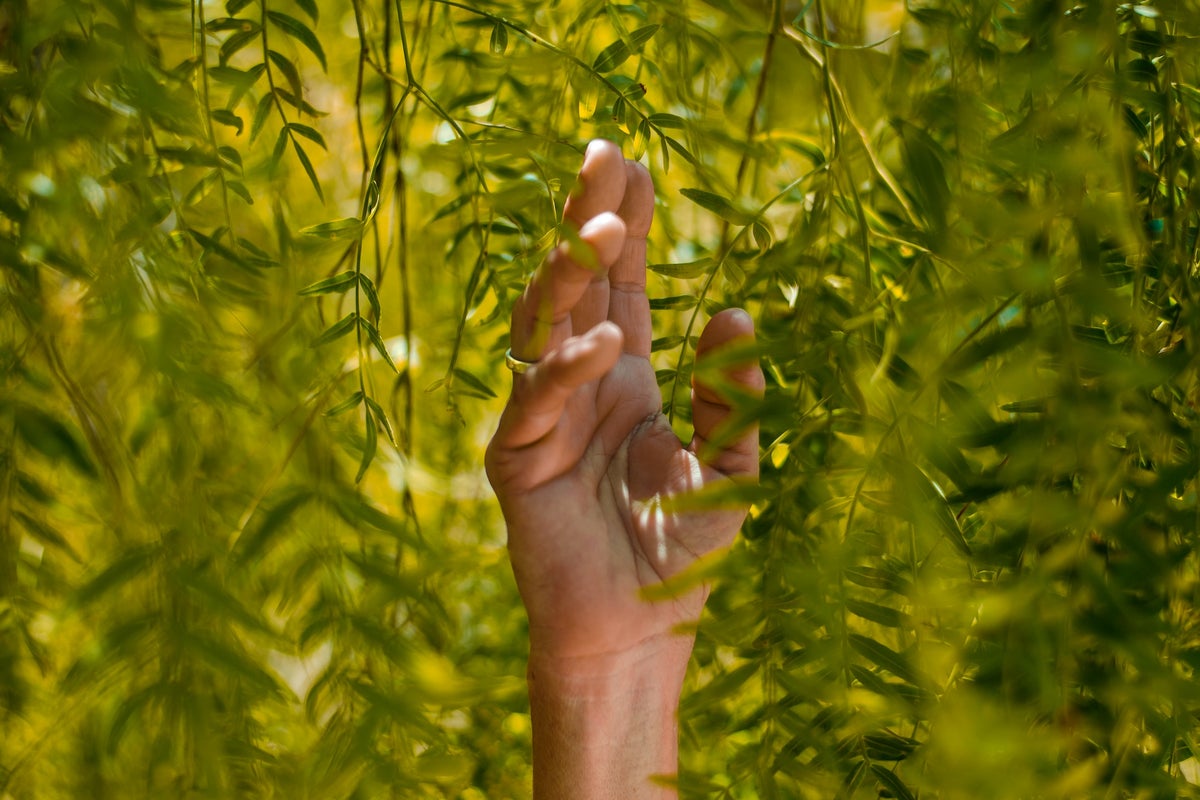[ad_1]
Recently, New York regulators unveiled proposed marijuana packaging and labeling rules that include provisions to boost sustainability in the state’s recreational industry.
A Sustainable Program
As part of its sustainability program, New York requires cannabis businesses to incorporate “at least 25% post-recycled consumer content into their packaging and annually report key metrics on the implementation of their sustainability initiatives.”
After the state’s Cannabis Control Board (CCB) proposed the initial rules and accepted public comments; the New York Office of Cannabis Management (OCM) is now “sifting through the feedback and working on revised regulations that will again go before the CCB for approval once all comments are assessed,” said Lyla Hunt, the OCM’ deputy director of public health and campaigns.
“I just want to underscore the balance of the wide array of different critical public policy goals in releasing the packaging and labeling regulations,” Hunt added. “We’re really excited to move the needle and to be leading here on the environmental component. We’re really excited to work to help continue those good efforts.”
Taking Care Of The Environment Is A Priority
As Benzinga previously reported, the draft regulation on the packaging and labeling of marijuana products, with strict provisions, must not be attractive to children. That means the packaging must be child-resistant, tamper-proof, and non-toxic.
Additionally, each package of cannabis, edibles, or concentrates will bear the Universal State Symbol of Approval containing a yellow THC flower in a triangle, with a 21+ symbol in a red circle above the New York State logo. The state label confirms that the product is licensed and legitimate after undergoing laboratory testing.
Since the state began issuing conditional adult marijuana licenses to growers and processors, regulators have been releasing updated guidance as it becomes available to licensees, Hunt said. “When we looked to crafting regulations in New York’s market, we always looked to learn from other states and incorporate best practices [and] lessons learned.”
As the Cannabis Business Times reported, “in more mature markets out West, some cannabis operators have already implemented sustainability standards on their own that could provide a benchmark for newer markets.”
Hunt concluded: “With packaging, labeling, marketing, and advertising, it’s a confluence of factors that we’re trying to balance. We want to make sure there’s an array of products that are attractive to consumers, but not attractive to individuals under 21 so that we can safeguard public health and safety and protect youth.”
Photo: Courtesy of Rafael Albornoz On Unsplash
[ad_2]
Image and article originally from www.benzinga.com. Read the original article here.

